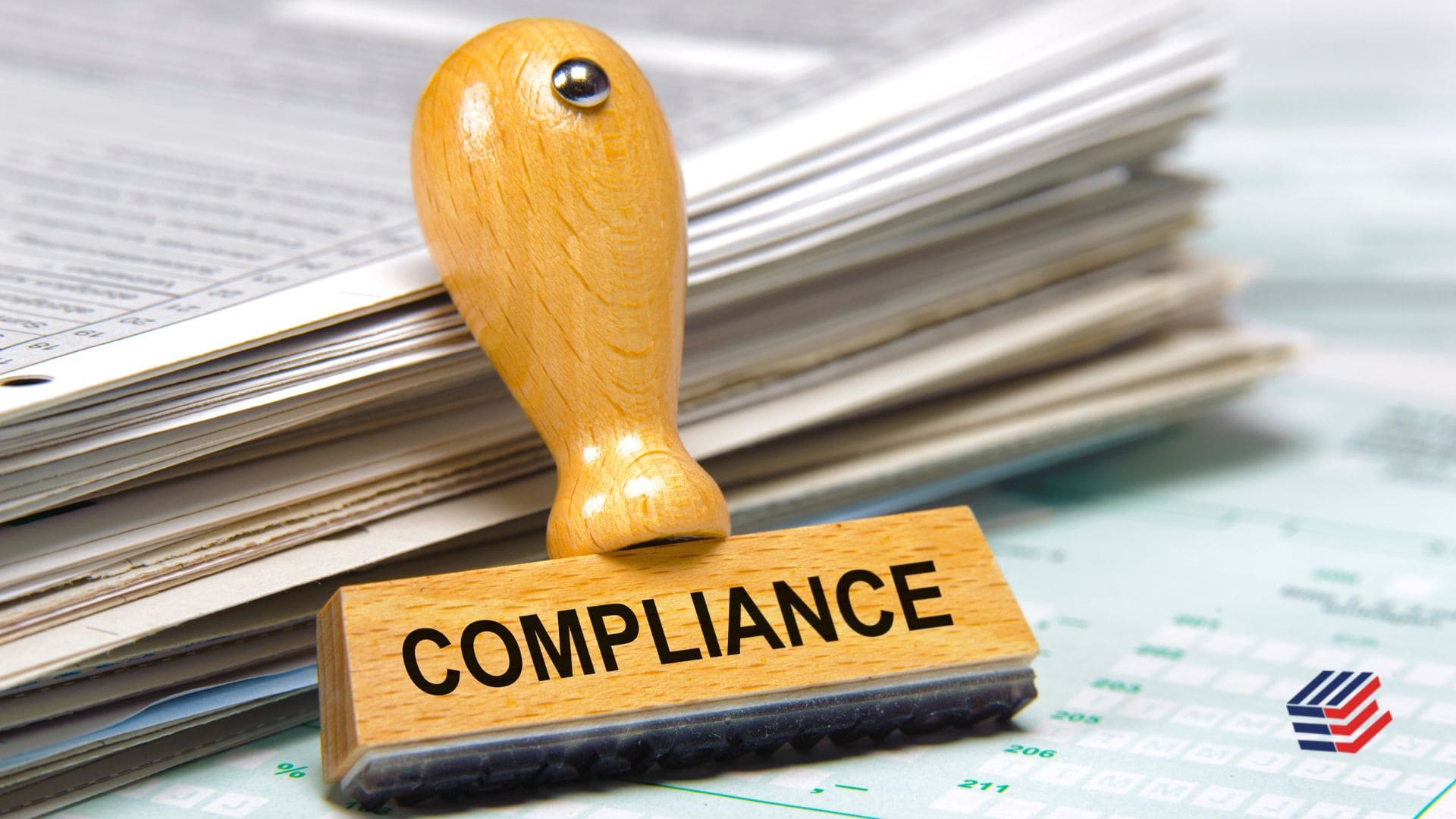Form I-9 is used to verify the new hire’s identification and authorization to work. Employers are responsible for ensuring that each employee completes the I-9 correctly at the time of hire.
Section 1
When completing Form I-9, Employment Eligibility Verification, you, as the employer, must provide complete instructions to the form and the Lists of Acceptable Documents available to newly hired employees. Your employees must complete and sign Section 1 of Form I-9 no later than their first day of employment.
You may have your new hire complete Form I-9:
- On their first day of employment (the actual commencement of employment of an employee for wages or other remuneration, referred to as the date of hire in the Department of Homeland Security regulations); or
- Before their first day of employment, if they accepted your job offer.
Section 2
Employers must complete and sign Section 2 of Form I-9, Employment Eligibility Verification, within 3 business days of the date of hire of their employee (the hire date means the first day of work for pay). For example, if your employee began work for pay on Monday, you must complete Section 2 by Thursday of that week.
The following are some general suggestions for completing the I-9 form for remote employees.
Section 2 Completion for Remote Workers
Employers are normally required to inspect Section 2 paperwork in the presence of the employee. Generally, reviewing or scrutinizing documents by webcam or other remote means is not permitted (see Limited Exception Due to COVID-19 below). Prior to the COVID-19 pandemic, employers normally required new hires to report to work for this reason or appointed an authorized person, such as an attorney or notary public, to complete Section 2 on the company’s behalf.
If you appoint an authorized representative, state law may impose restrictions on who is authorized to complete the I-9 on your behalf. California, for example, restricts such services to licensed attorneys, those permitted to perform immigration services under federal law, and individuals qualified and bonded as immigration consultants under state law. Additionally, employers should bear in mind that they are ultimately liable for any violations.
When completing Section 2, the employer or authorized agent must examine each document submitted (while the employee is physically present) to decide if it appears to be authentic and pertains to the employee who presented it. Employers should consider safety precautions to safeguard both parties from COVID-19 when analyzing documents, such as health exams, physical separation, and masks while adhering to federal, state, and local health guidelines.
COVID-19 Temporary Exception
The Department of Homeland Security (DHS) announced earlier this year that employers will be temporarily permitted to inspect Form I-9 papers remotely in certain COVID-19-related scenarios. This temporary exemption, which was scheduled to expire on December 31, 2020, has been extended until March 31, 2021.
Employers Who Are Covered
The temporary adjustments applied exclusively to employers and remote businesses affected by COVID-19. There are no exceptions if employees are physically present at a workplace.
Temporary Modifications
Covered companies with employees who are taking physical proximity precautions as a result of COVID-19 are temporarily exempt from the requirement to review Section 2 documents in the employee’s physical presence until March 31, 2021. Rather than that, employers may inspect Section 2 papers remotely (by video connection, fax, or email) and receive, inspect, and maintain copies of the documents within three business days for Section 2 compliance purposes.
When Normal Operations are Restored
Once normal operations resume, all employees onboarded via remote verification must report to their employer within three business days for in-person identity and employment eligibility paperwork verification for Form I-9. After physically inspecting approved documents, the employer should enter “documents physically examined” with the date of inspection to the extra information section in Section 2 or Section 3 as appropriate. Enter “COVID-19” as the reason for the delay in performing the physical inspection. The USCIS provided an illustration in this case. If the employee who conducted the remote inspection is unable to also conduct the physical inspection, the individual conducting the physical inspection should include the date they physically examined the documents in the Additional Information section, along with their full name and title.
Conclusion
Employers must ensure that each new recruit completes and maintains a compliant I-9 form, regardless of whether the employee works in a typical office or remotely. Employers should also conduct an audit of their onboarding procedures to guarantee compliance with I-9 regulations.

